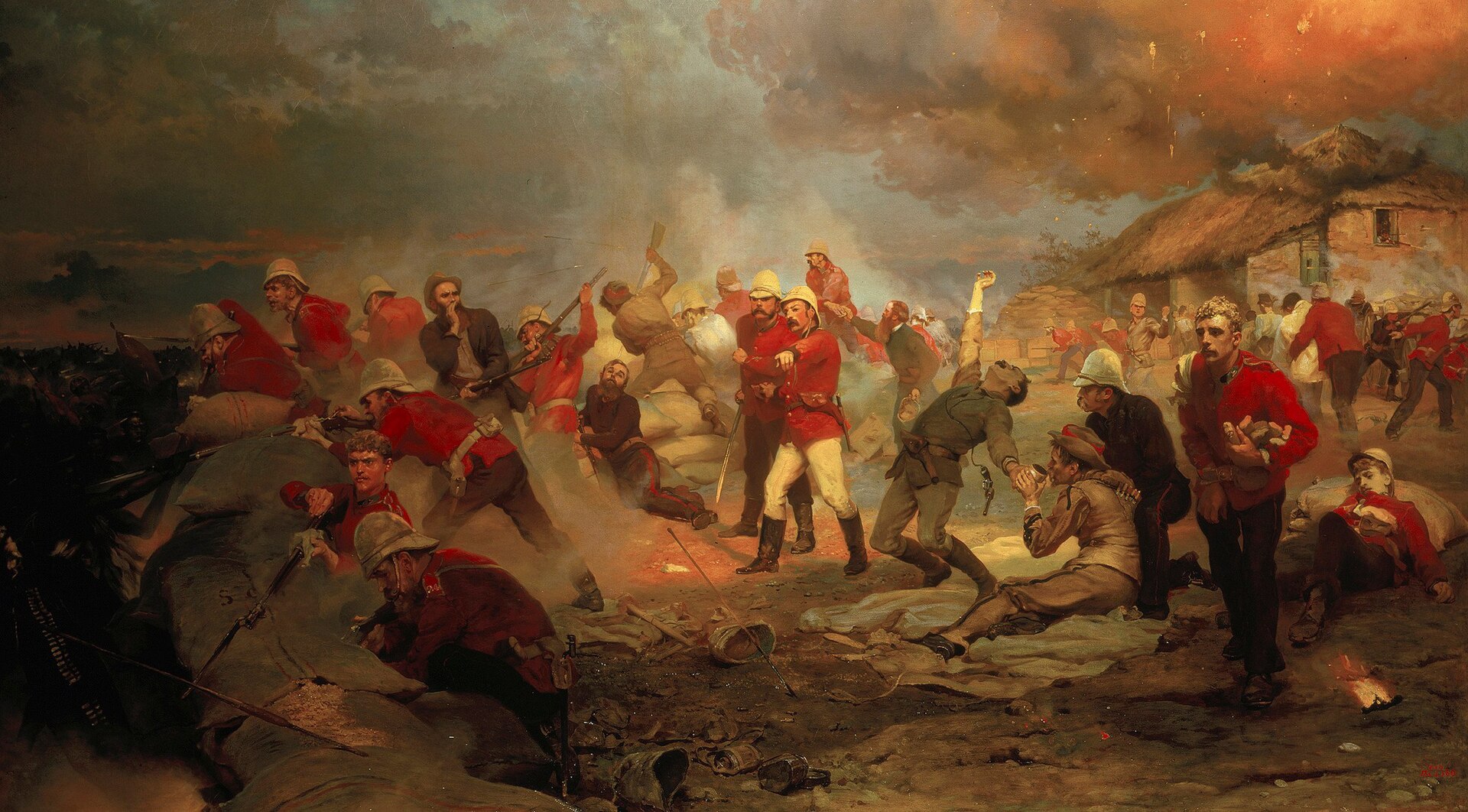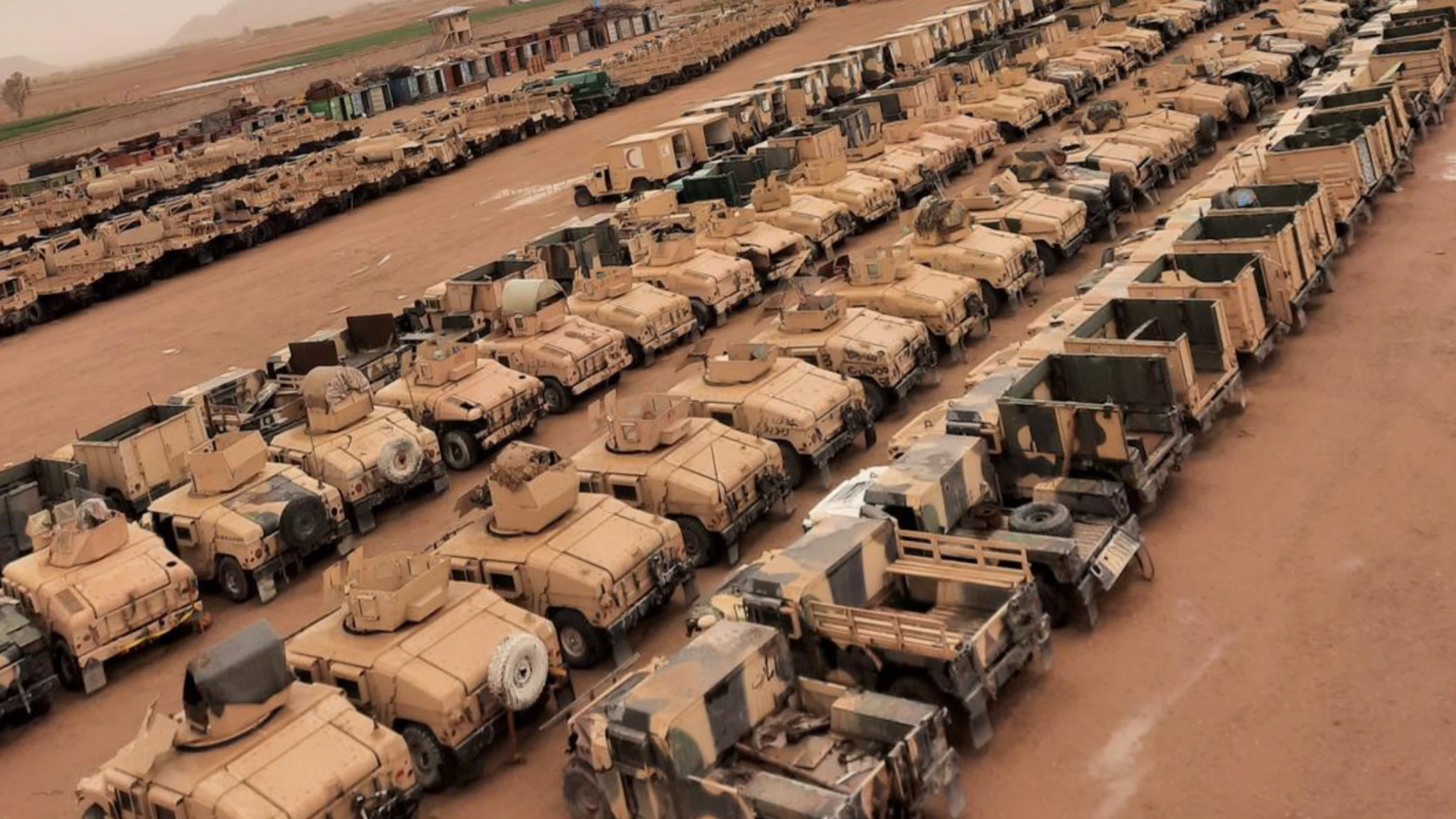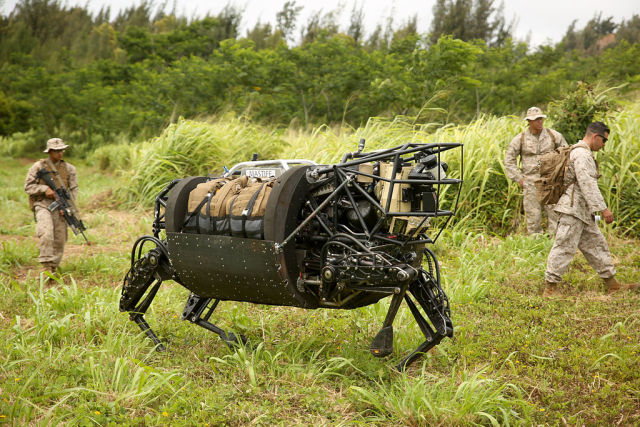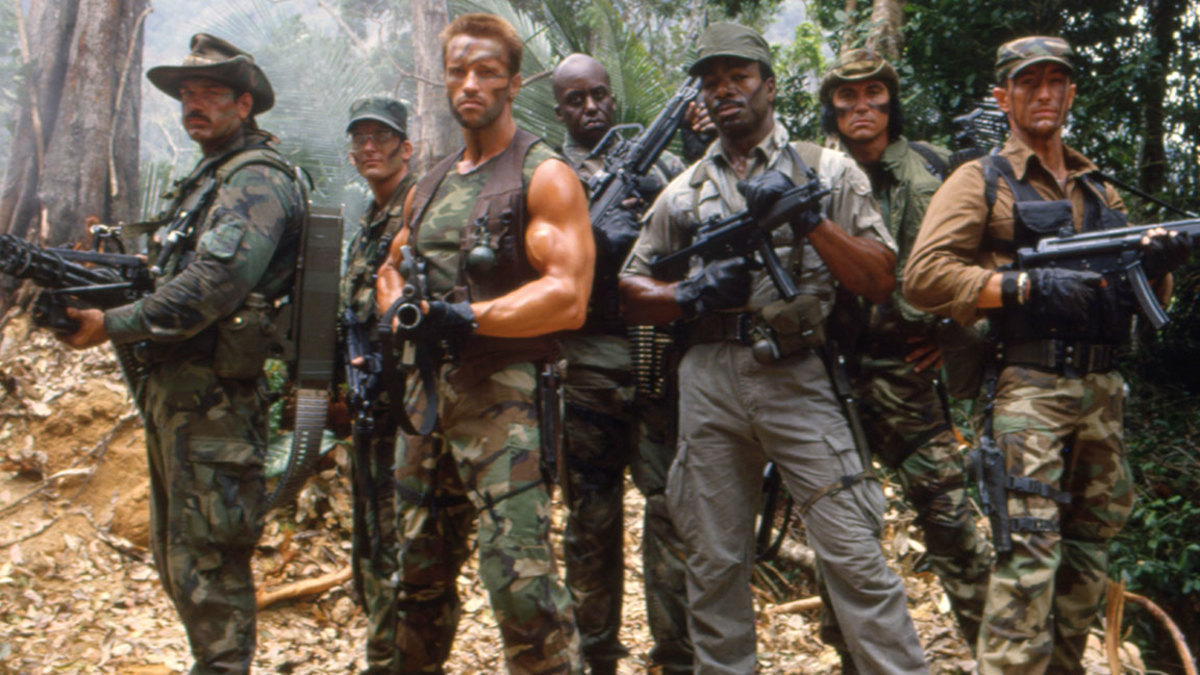Few battles in British military history capture the imagination quite like the defence of Rorke’s Drift in 1879.

Immortalised in the 1964 film Zulu, the story of this small mission station on the edge of the Zulu’s Kingdom has become synonymous with extraordinary courage against overwhelming odds.
But behind the cinematic spectacle lies a tale of strategy, culture, and sheer human endurance.
A Humble Place
Rorke’s Drift was a small mission station and supply depot on the Buffalo River in the colony of Natal, South Africa.
In January 1879, the Anglo-Zulu War erupted when the British Empire sought to subdue the Zulu Kingdom, a sovereign nation with a highly disciplined and formidable military force.
The war was precipitated by a combination of imperial ambition and cultural misunderstandings, with the British aiming to assert control over the fertile lands of southern Africa and the Zulu fiercely defending their territory and sovereignty.
Rorkes Drift
The station at Rorke’s Drift was lightly defended. On 22–23 January 1879, just over 150 British and colonial troops found themselves facing a Zulu force estimated at between 3,000 and 4,000 warriors.

The Zulu army, known for its skill, discipline, and impeccable tactics…including the famed “horns of the buffalo” encircling manoeuvre…attacked the outpost in waves. The defenders, armed with Martini-Henry rifles, bayonets, and a few small field guns, were vastly outnumbered.
The assault was fierce but not a continuous frontal attack. Instead, the Zulu launched massive but piecemeal attacks, testing the garrison’s resolve and attempting to breach its makeshift barricades.
For nearly twelve hours, the defenders repelled wave after wave, improvising fortifications from mealie bags, doors, and furniture to strengthen the walls.
Each attack was met with discipline, tactical firing, and remarkable calm under pressure. The soldiers’ training and coordination turned what might have been a catastrophic engagement into a legendary defensive action.
Casualties
The human cost was high. Many defenders were wounded, some severely, yet they continued to man their posts. On the Zulu side, casualties were substantial, a testament both to their bravery and the lethal effectiveness of the British rifles.

By the end of the battle, the outnumbered garrison had held their ground. The action at Rorke’s Drift became a symbol of stoic bravery and tactical ingenuity.
The heroism displayed did not go unrecognised. Eleven Victoria Crosses…the British Empire’s highest award for gallantry…were awarded to individual defenders of Rorke’s Drift, one of the largest numbers ever for a single engagement.
Additional decorations and honours were also bestowed, cementing the battle’s place in military lore. These awards reflected not just courage under fire but the ability to maintain discipline and coordination in a desperate situation.
Why Us?
Why was Rorke’s Drift attacked?
The answer lies in the broader context of the war.
Just prior to the battle, the Zulu army had routed a much larger British force at the Battle of Isandlwana, only a few miles away. The victory at Isandlwana demonstrated the lethality of Zulu warriors and prompted further action to secure key positions. Rorke’s Drift, while minor in strategic terms, became a target both to strike at British morale and to secure resources.

The attack, however, ultimately backfired in symbolic terms: while the Zulu had triumphed at Isandlwana, the defence of Rorke’s Drift became the defining image of British resilience and heroism in the conflict.
The battle also highlights the clash of military cultures. The Zulu army, organised into regiments called impi, relied on speed, encirclement tactics, and psychological pressure, whereas the British defenders depended on disciplined volley fire, entrenchment, and careful use of terrain.
Thunderclap
This encounter showcased both the ingenuity of the Zulu and the adaptability of the British soldiers, creating a story of mutual skill and courage.
Rorke’s Drift endures in popular culture largely because of the film Zulu, which brought colour, drama, and human emotion to the historical event.
While the movie took liberties with details…compressing time, exaggerating some actions, and heightening drama…it captures the essence of courage in the face of overwhelming odds.

Today, the site of Rorke’s Drift in KwaZulu-Natal is a place of pilgrimage for military historians, enthusiasts, and tourists, who come to walk the ground where ordinary soldiers displayed extraordinary bravery.
Ultimately, the defence of Rorke’s Drift is more than a tale of numbers and tactics. It is a story of resilience, ingenuity, and the human spirit under extreme pressure.
Fewer than 200 defenders faced thousands of attackers and emerged with their mission accomplished. Their story, immortalised in film and history books, continues to inspire, reminding us that courage and discipline can turn the tide, even against overwhelming odds.






